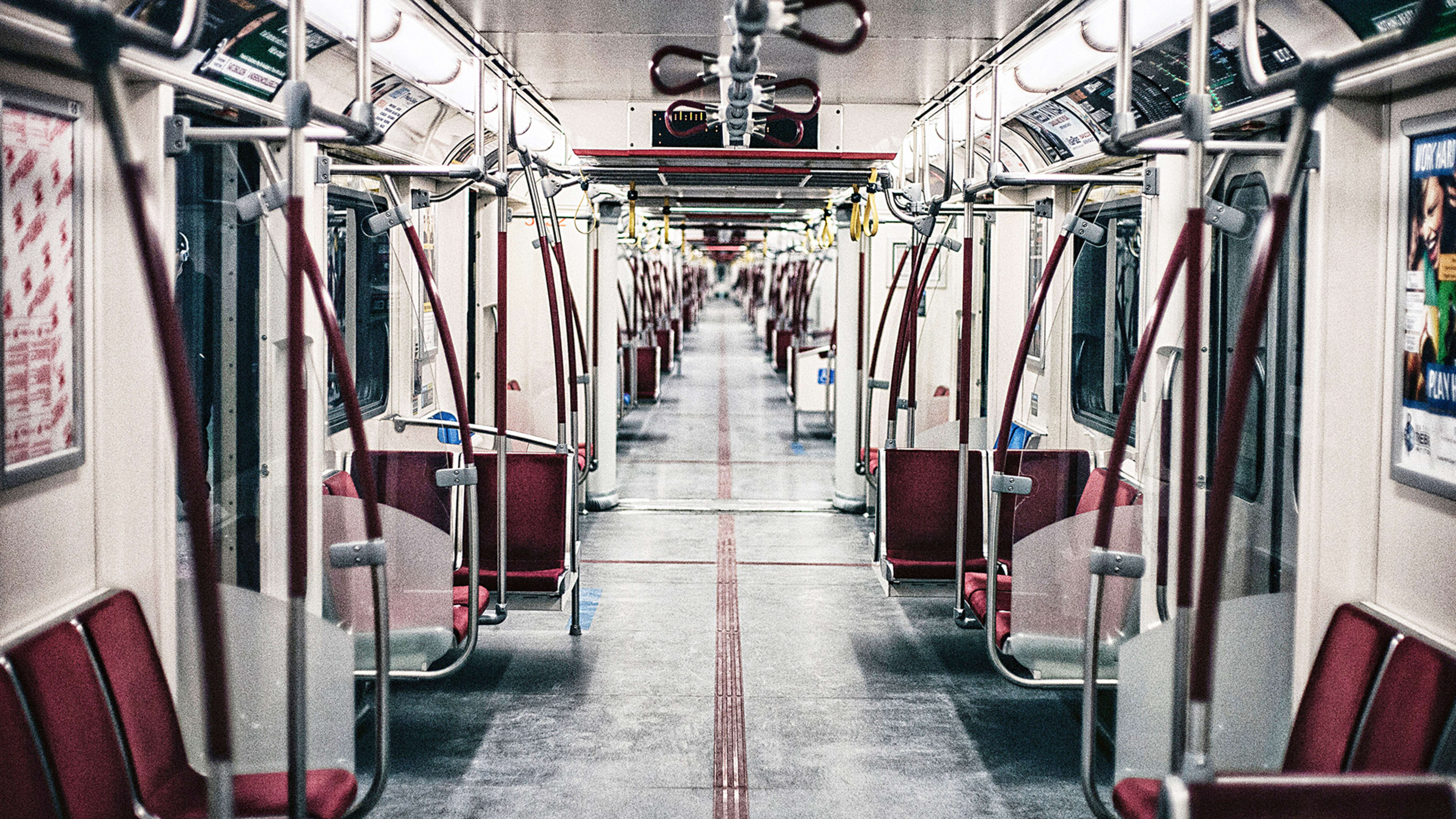Uber and Lyft have forever promised to reduce the total number of cars on roads through their shared system of rides. But what if these platforms are actually just making traffic worse? That question is tugging at the lobes of academic researchers.
The Associated Press reports that new studies indicate riders are ditching fussy public transit for more direct Uber and Lyft rides. Yet, people aren’t even using ride hailing to augment public transit, which may dismay city officials hoping to support their insubstantial transit systems with outside services. The evidence shows that as demand for these rides increase, streets are getting more crowded.
The news comes as Lyft and Uber are more heavily leaning into carpooling services like Lyft Line and Uber Pool. The latest entrant to Uber’s shared car line up is Express Pool, a carpool that is half the cost of traditional Uber Pool. The addition of increasingly affordable (dare I say cheap) ground transport will no doubt have people abandoning crumbling public transit systems. But at what cost?
Recognize your brand’s excellence by applying to this year’s Brands That Matter Awards before the early-rate deadline, May 3.
